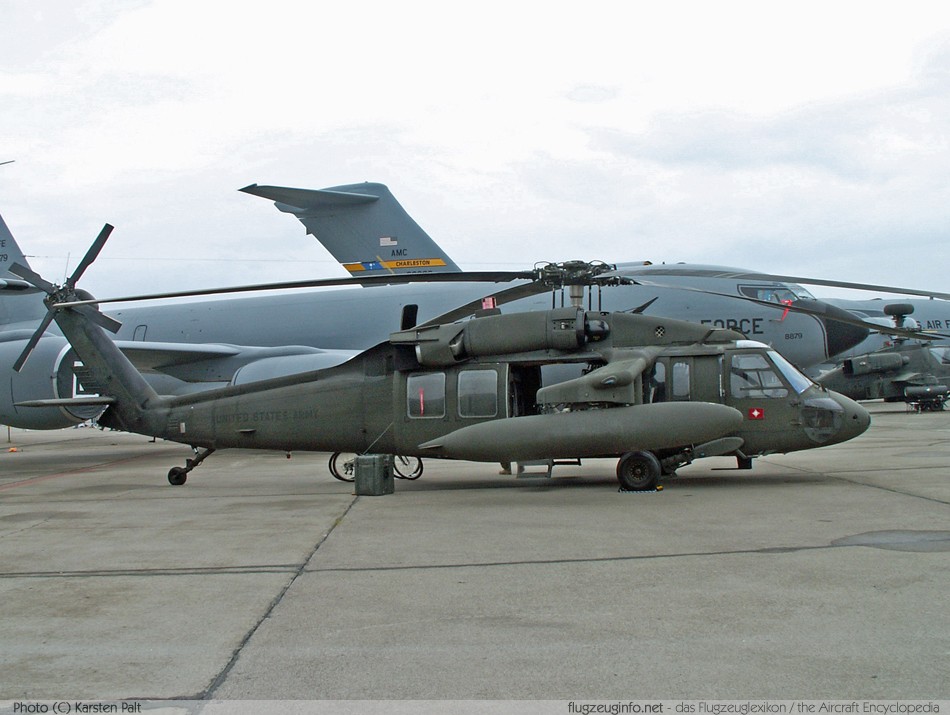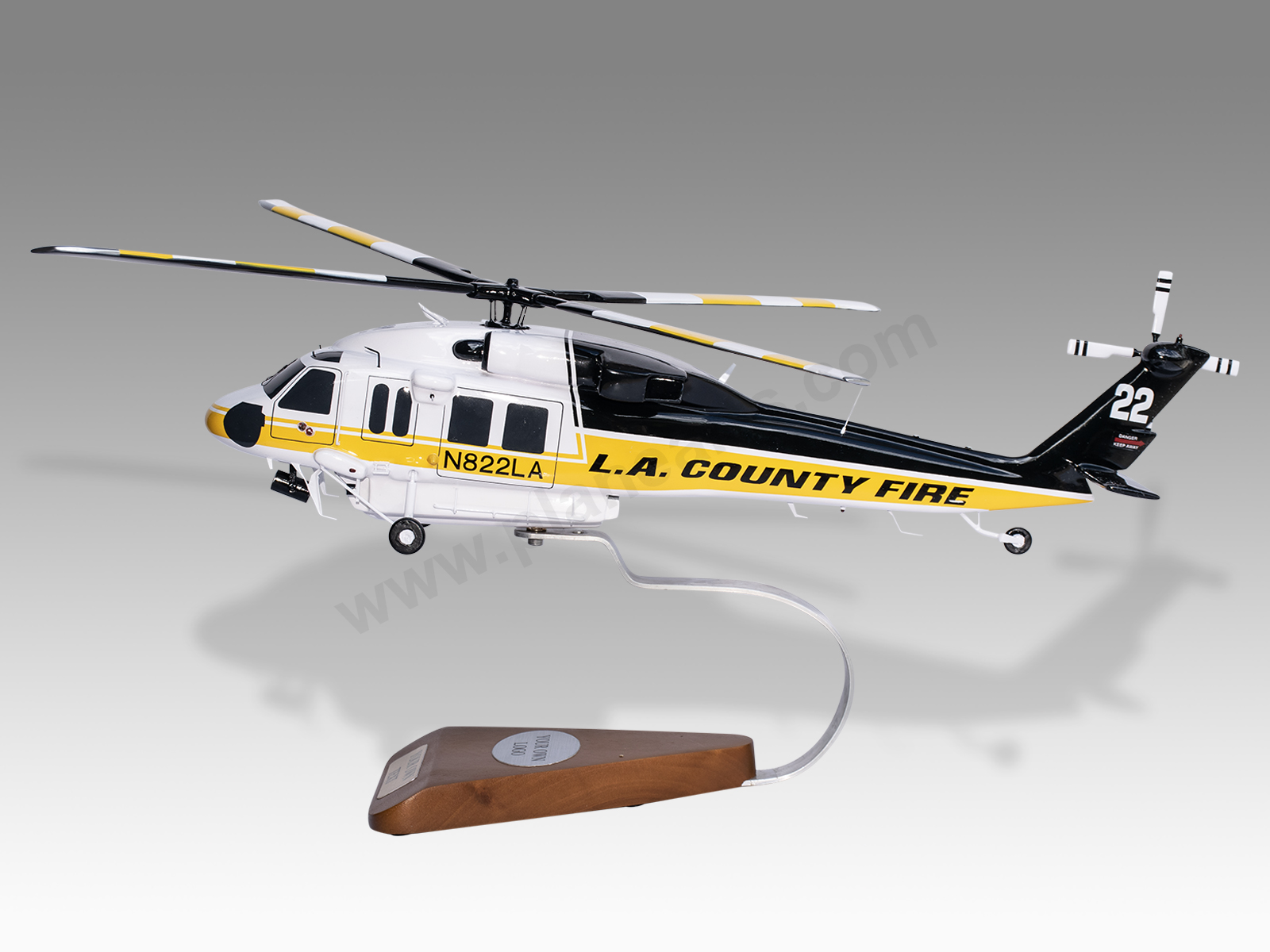A Take a look at the Sikorsky S 70's Role in Army and Civil Aviation
A Take a look at the Sikorsky S 70's Role in Army and Civil Aviation
Blog Article
High-Performance Multi-Role Rotorcraft Featuring Advanced Cockpit Technologies and Integrated Sensing Unit Equipments
The world of rotorcraft technology has seen remarkable improvements in recent times, especially in the realm of high-performance multi-role rotorcraft outfitted with sophisticated cabin modern technologies and seamlessly integrated sensing unit systems. In the following discussion, we will explore the evolution of rotorcraft modern technology, dive right into the realm of innovative cabin technologies, and examine the effects of incorporated sensor systems on the operational convenience and effectiveness of modern-day rotorcraft.
Advancement of Rotorcraft Modern Technology
The evolution of rotorcraft innovation has actually been marked by significant improvements in aerodynamics, materials, and propulsion systems, forming the capacities and performance of modern rotorcraft. Aerodynamic enhancements have enhanced the efficiency and ability to move of rotorcraft, permitting raised speed, dexterity, and stability throughout trip (sikorsky s 70). Advancements in materials, such as the usage of composite products and advanced alloys, have actually led to lighter yet more powerful rotorcraft frameworks, improving total efficiency and longevity. Furthermore, advancements in propulsion systems, including extra powerful engines and ingenious propulsion modern technologies, have enabled rotorcraft to achieve higher elevations, faster speeds, and better payloads.
These developments have not only changed the abilities of rotorcraft yet have also expanded their applications throughout different markets, consisting of army, commercial, and emergency situation services. The continual evolution of rotorcraft modern technology remains to drive advancement in the area, pressing the limits of what is feasible and forming the future of upright trip.
Advanced Cabin Innovations
Structure upon the foundational advancements in aerodynamics, materials, and propulsion systems, the realm of rotorcraft modern technology now shifts emphasis towards introducing Advanced Cockpit Innovations. The integration of advanced technologies within the cabin setting plays an essential duty in boosting the functional capacities, safety and security, and effectiveness of modern-day rotorcraft. sikorsky s 70. Advanced Cockpit Innovations include a large variety of functions designed to offer pilots with improved situational recognition, structured information monitoring, and user-friendly control user interfaces
One of the vital advancements in cabin style is the execution of glass cockpits, which change standard analog gauges with high-resolution display screens. These electronic systems use customizable layouts, real-time data integration, and boosted readability, making it possible for pilots to access critical details at a glance. Furthermore, advanced avionics systems, such as fly-by-wire controls and increased truth display screens, are reinventing exactly how pilots engage with the airplane, enabling accurate control and improved decision-making abilities.


Incorporating advanced cabin technologies not just boosts pilot performance yet also adds to general mission effectiveness and safety and security in intricate functional environments. By leveraging modern technologies within the cabin, rotorcraft makers are establishing new requirements for operational excellence and mission success.
Integrated Sensor Solutions
With the development of rotorcraft innovation, the combination of advanced Integrated Sensor Equipment has ended up being paramount in enhancing functional effectiveness and safety and security. These Integrated Sensor Equipments include a broad array of technologies that give important information for different functions such as navigation, security, targeting, and ecological monitoring. By perfectly incorporating sensing units like radars, video cameras, lidar, and infrared systems right into rotorcraft, drivers can gain from boosted situational recognition, boosted mission capacities, and minimized pilot workload.
One secret advantage of Integrated Sensor this link Equipments is their capacity to gather real-time information and supply workable insights to pilots and goal drivers. Advanced radar systems can spot and track targets over long ranges, allowing for very early risk discovery and effective action planning. Furthermore, integrating electro-optical and infrared video cameras allows rotorcraft to carry out reconnaissance and surveillance goals with precision and precision.
Basically, the assimilation of cutting-edge sensing unit innovations right into rotorcraft not just enhances operational efficiency yet likewise contributes considerably to overall objective success and crew safety. As rotorcraft remain to evolve, the duty of Integrated Sensor Systems will undoubtedly stay at the leading edge of advancement in the aerospace industry.
Operational Flexibility and Efficiency
Enhancing functional adaptability and efficiency in rotorcraft is a natural progression from the combination of sophisticated Integrated Sensor Equipments. By leveraging the information and understandings supplied by these advanced sensor systems, rotorcraft can optimize their performance throughout different goals and atmospheres.
Functional versatility encompasses the ability of rotorcraft to adjust to various functions and circumstances successfully. With advanced cabin innovations and integrated sensing unit systems, rotorcraft can seamlessly change between tasks such as search and rescue, clinical emptying, surveillance, and extra. This versatility enhances the rotorcraft's ability to satisfy diverse functional demands without requiring extensive reconfiguration.
Performance in rotorcraft procedures is important for optimizing objective performance and resource application. Integrated sensing unit systems play a crucial function in boosting operational performance by offering real-time information on climate condition, terrain mapping, target tracking, and much more. This data enables pilots to make educated decisions quickly, enhance trip courses, save gas, and enhance total objective productivity.
Influence On Modern Aviation Workflow

In addition, the assimilation of advanced sensors promotes improved goal planning and implementation, allowing rotorcraft to perform a wide variety of jobs with boosted precision. From search and rescue operations to airborne firefighting and police missions, the capacities of modern-day rotorcraft geared up with advanced cabin modern technologies and incorporated sensor systems are unequaled.
Furthermore, the effect of these developments extends past operational effectiveness to cost-effectiveness and sustainability. By optimizing flight routes, gas intake, and maintenance timetables, high-performance rotorcraft geared up with advanced cabin innovations and sensing wikipedia reference units add to decreasing operational costs and ecological effect, making them indispensable possessions in modern aeronautics procedures.
Verdict
To Your Domain Name conclude, the high-performance multi-role rotorcraft with advanced cabin technologies and integrated sensing unit systems stands for a significant development in aviation modern technology. These developments boost functional adaptability and efficiency, ultimately impacting contemporary aeronautics procedures in a favorable means. The integration of these innovative innovations permits boosted capacities and performance in different mission circumstances, showcasing the continued improvement of rotorcraft innovation in the air travel market.
The world of rotorcraft technology has seen noteworthy improvements in recent times, specifically in the world of high-performance multi-role rotorcraft furnished with innovative cockpit modern technologies and seamlessly integrated sensor systems. From enhanced mission versatility to boosted functional performance, the merging of advanced cockpit technologies and incorporated sensor systems has actually ushered in a new era of opportunities for rotorcraft applications. In the complying with conversation, we will check out the development of rotorcraft modern technology, delve into the realm of innovative cabin developments, and check out the implications of integrated sensing unit systems on the functional adaptability and effectiveness of contemporary rotorcraft.

Report this page